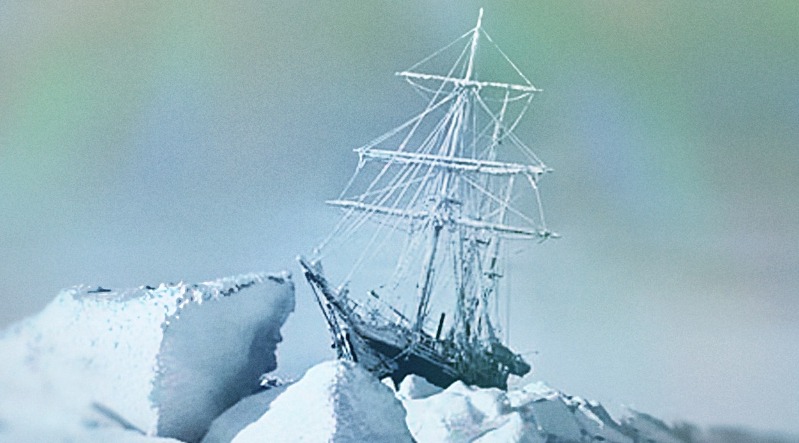When British polar explorer, Sir Ernest Shackleton, wasn’t the first man to reach the South Pole, he conceived a new plan: to cross the Antarctic continent from sea to sea, by way of the South Pole.
Two teams had already made it to the pole successfully, although one team perished as they tried to make their return.
Shackleton wanted his team to push even further. As it happened, the main body of his team never made it to the South Pole, but what did happen is an adventure worth telling.
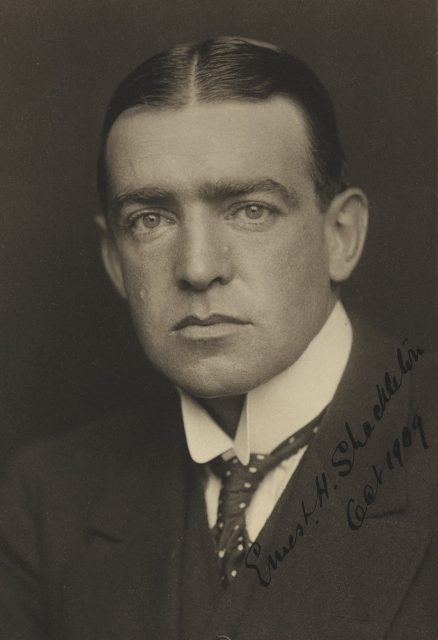
Shackleton made his trip with a crew of 28 experienced polar explorers, scientists, and sailors, on board the Norwegian ship Endurance.
There was one unexpected person who became part of the crew, an 18-year-old stowaway called Perce Blackborow.
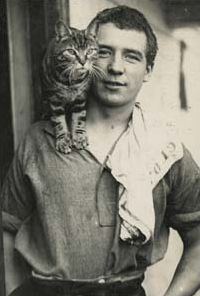
According to Argus, Blackborow had been a Steward in the Merchant Navy, when the ship he was on went down off the Uruguayan coast. He survived, and made his way to Buenos Aires, and was there when the Endurance arrived, on its way to the Antarctic.
Young Blackborow and an American sailor who had some experience with polar exploration, William Bakewell, went to Shackleton’s shop and asked to join the crew.
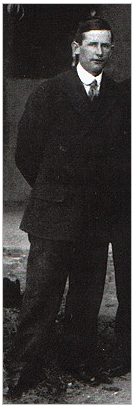
Bakewell was accepted, but not Blackborow. Bakewell then smuggled the younger man on board and hid him in a locker. He wasn’t discovered until the team was three days into the next leg of its journey, and so he remained.
The Endurance made its way south with the aim of arriving on the continent before winter set in, thus giving them time to prepare to make their cross-continental trek with the onset of polar spring.
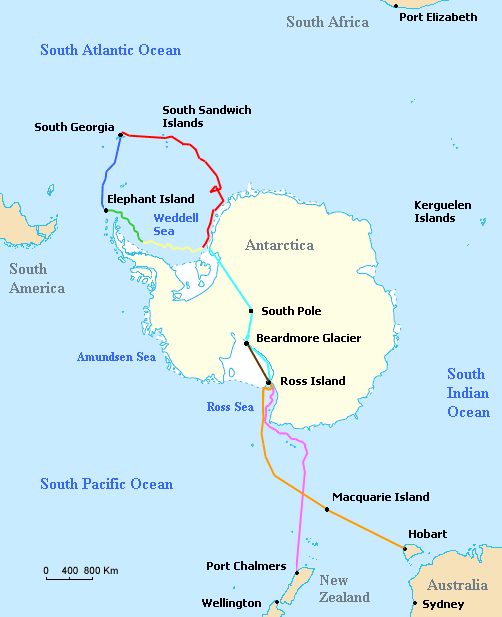
In February, however, the Endurance became locked in pack ice and was stuck, moving along with it as it drifted north. Shackleton then decided to have the ship turned into a winter station where they prepared for their trek across Antarctica.
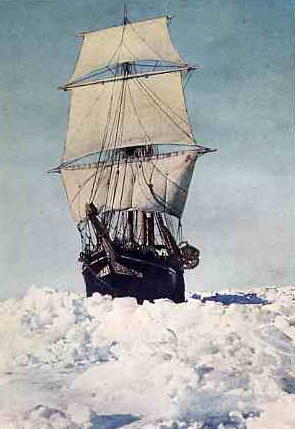
During the course of the winter, young Blackborow made an exemplary steward and settled into life as part of the crew. Unfortunately, when spring came that September and the ice began finally to break up, it became an enormous iceberg.
The iceberg began to put terrible stress on the Endurance as they shifted and moved in the water. As a result, the ship began to break up in October, and by late November the Endurance went down.
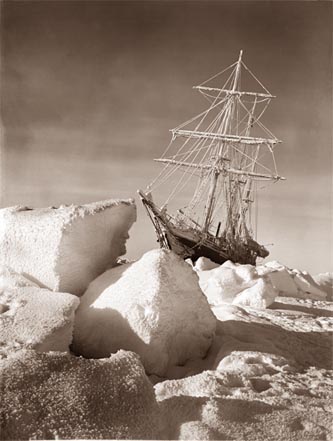
Before the ship sank, the team unloaded everything they could and lived for several months on drifting ice floes. Shackleton concluded that the thing to do was to drag the three lifeboats they had salvaged from the ship across the ice, to a place where they could be launched in open water.
As the floes continued to diminish for the season, they went to sea in three open boats, and over the course of seven days, finally made it to Elephant Island, some 346 miles from where the Endurance went down.
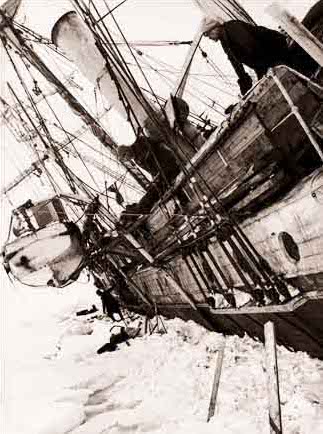
On arriving at the island, Shackleton thought to give Blackborow the honor of being the first to set foot on land, and he was promptly set over the side of the boat, but the young man had chosen to wear leather boots when they abandoned ship instead of felt boots meant for cold conditions, and his feet were severely frostbitten.
Instead of setting foot on land, he ended up sitting in the surf practically comatose.
After finally reaching land, Shackleton and six other members of his team set out again in one of the boats, hoping to find aid and rescue the rest of the group. They were heading for South Georgia, 750 miles distant, and winter was again closing in.
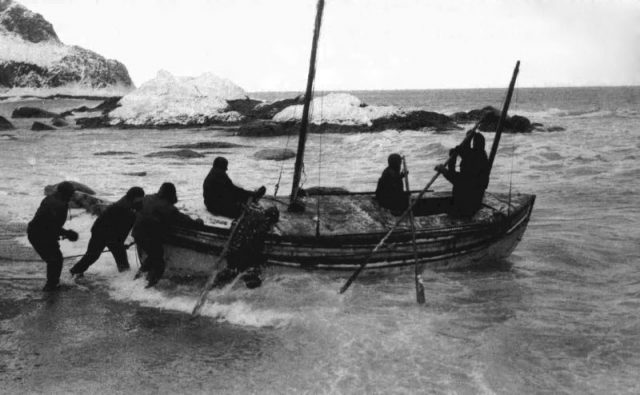
The rest of the polar team and crew stayed on Elephant Island, in rude shelters made from the remaining two boats, which were turned over on low stone walls, and surrounded with what remained of the men’s tents, giving some relief from the worst of the weather.
Even with a seal blubber stove, the crew that remained behind spent more than four months huddling in frozen sleeping bags, and eating seal and penguins. One of those men was Blackborow, whose frostbitten toes had become gangrenous by June, forcing the ship’s doctor to amputate them.
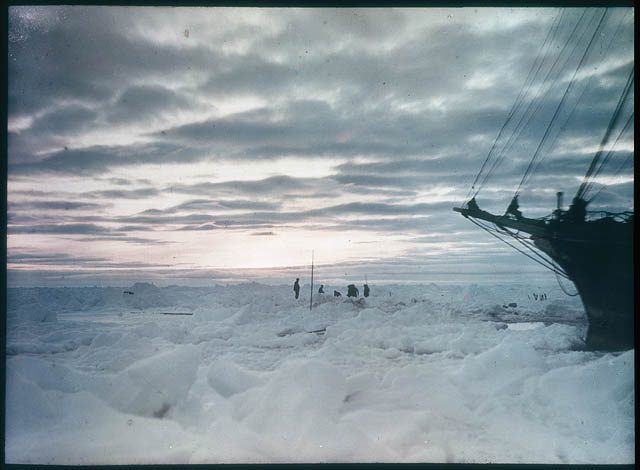
Meanwhile, the boat holding the team searching for help made its journey, traveling between 60-70 miles a day, according to coolantarctica.com. It was an open boat, so water was constantly coming in and making everything wet, including their sleeping bags.
Cold spray froze on the boat and its contents, up to 15 inches thick, affecting the boat’s weight and trim. The crew tried to remove ice buildup with improvised tools, but they couldn’t get ahead of it. Finally, in an effort to reduce weight they were forced to start throwing things overboard.
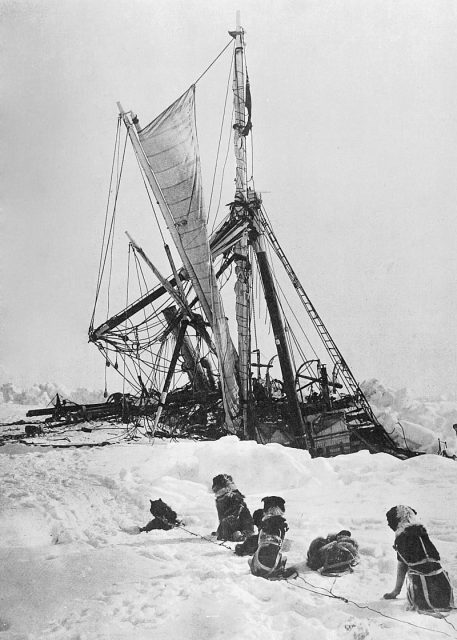
They struggled with brutal weather, storms, and plunging temperatures. The boat was almost wrecked by massive waves, but they miraculously stayed afloat. Fourteen grueling days after setting out, they made it to Georgia, sooner than they had hoped.
Another storm washed them back out of sight of land before they could find a landing place, though, and it was still two days before they came aground.
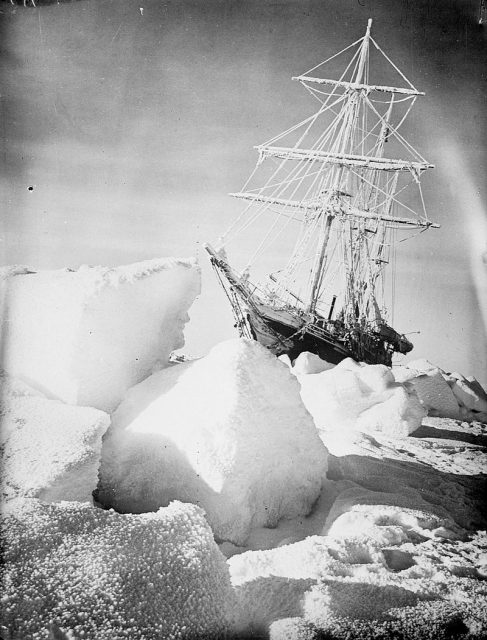
Even after reaching land, they still had to find human habitation. They were nearly 30 miles from the nearest whaling settlement, and those miles were across frozen mountains.
Shackleton and two others began the trek, braving the rugged terrain and foul weather. After going the wrong direction for a while, they finally righted themselves and found the whalers they were looking for.
Even after gaining the help and resources needed to try to retrieve the team members that were still on Elephant Island, it still took four attempts to successfully navigate the ice-pack-laden water and reach the stranded men.
Remarkably, all of the crew that had been left behind, including Perce Blackborow, survived and were retrieved.
Read another story from us: World’s Oldest Intact Shipwreck Found – 2,400-yr-old ‘Ship of Odysseus’
The ship Endurance may not have made it through this remarkable expedition, but every one of its 28 crew survived. The Endurance was gone, but incredible endurance was shown by each of those men who came back to tell the tale.
